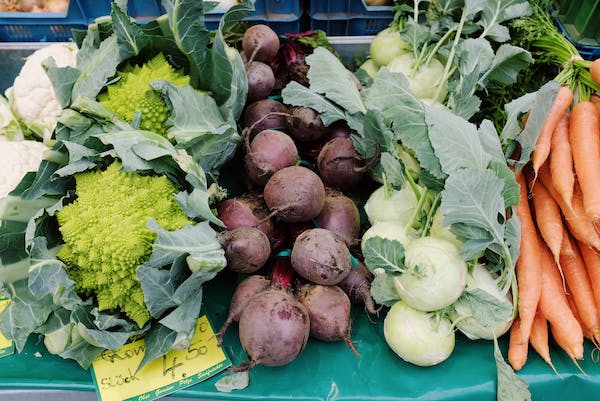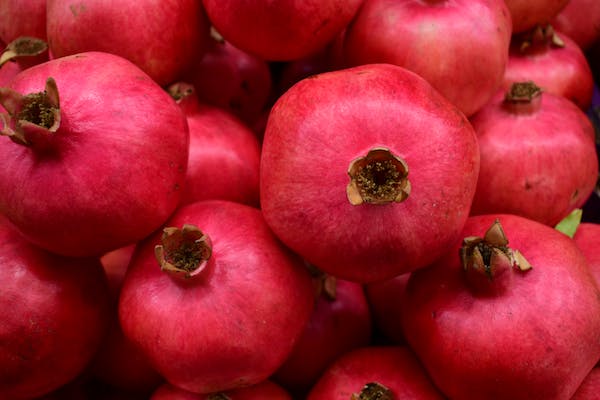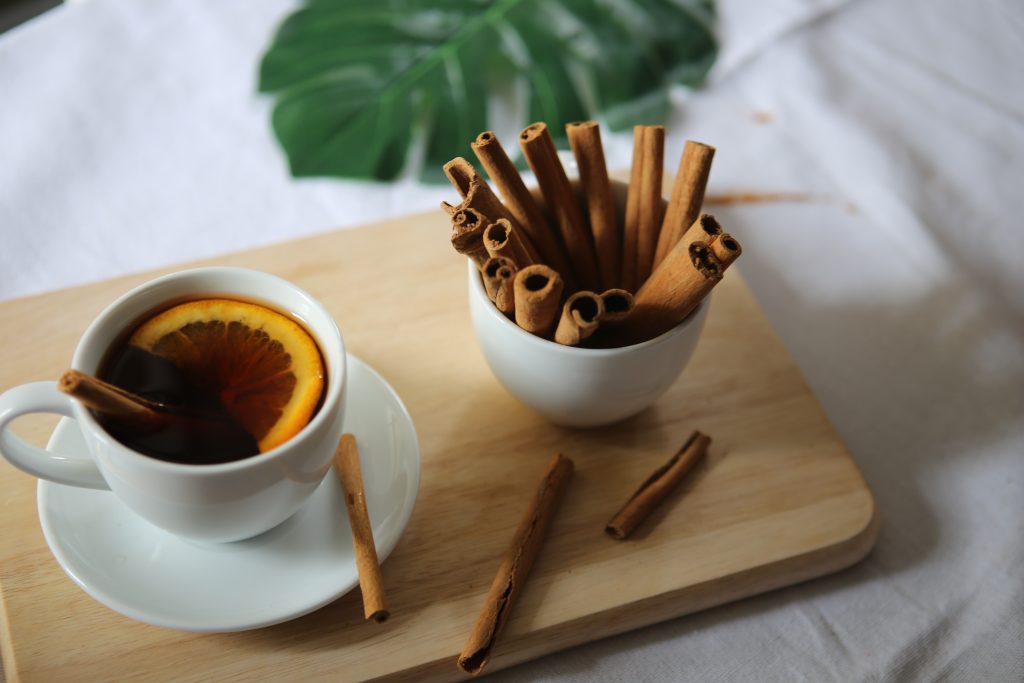-
Iron is important for our body, it helps body’s red blood cells carry oxygen from the lungs to many parts of our body.
-
There are two main types of iron: heme and non-heme iron.
-
Sources of Iron include: Beef, pork, chicken and turkey, clams, oysters, salmon
Most time, we don’t eat healthy enough to get the body needed iron and one important benefit, of iron is that it protects the body from anemia and infections, we have two main types of iron: heme and non-heme iron.
Iron is important for our body, it helps body’s red blood cells carry oxygen from the lungs to many parts of our body. Iron is also important for muscle metabolism and healthy connective tissue. While all human cells contain iron, mostly found red in blood cells.
Two types of iron
1. Heme iron.
Heme is better absorbed by our body and commonly found in animal-based foods, poultry, meat, liver, and seafood.
2. Non-heme iron
Non-heme, is commonly found in plant-based foods, beans, nuts, seeds, and certain vegetables like spinach, potatoes. Moreover, non-heme is less efficiently absorbed by the body, but when taken with vitamin C-rich foods, such as citrus fruits, it can increase absorption.
Benefits of Iron
-
Helps transport oxygen, Iron contributes to the normal formation of red blood cells and haemoglobin function, to carry oxygen around the body to support body function.
-
Reduces exhaustion and fatigue.
-
Supports energy production
-
Aids in a healthy pregnancy.
-
It also supports normal cognitive function.
-
Aids in the effectiveness of vaccines
-
Iron helps to preserve many vital body functions, including general energy and focus, gastrointestinal processes, immune system, and regulation of body temperature.
-
Essential for growth and development, Iron is particularly important for children, as it’s necessary for their growth and development. Iron is needed to make new cells, including those in children’s brain, muscles, and bones.
-
Aids athletic performance.
Iron Deficiency
Iron deficiency is a condition that occurs when the body doesn’t have enough iron to produce haemoglobin, which is a protein found in red blood cells that helps carry oxygen throughout the body.
Iron is an essential mineral that is required for the production of haemoglobin, and when there is not enough iron in the body, the production of haemoglobin is impaired.
Iron-Deficiency Anemia
Iron deficiency anemia is a type of anemia that occurs when there is no adequate iron in the body to produce hemoglobin, which is a vital property of the red blood cells.
Haemoglobin is responsible for carrying oxygen from the lungs to the body’s tissues. Inadequate levels of iron hinder the supply of hemoglobin, leading to a reduction in the number of red blood cells in the body.
Symptoms of iron-deficiency anemia
-
Iron deficiency anemia can result in several symptoms, including
-
Fatigue
-
Weakness.
-
Pallid skin
-
Shortness of breath
-
Dizziness
-
Cold hands and feet
It can affect individuals of any age, but it is more common in women of childbearing age due to blood loss during menstruation and pregnancy
Causes of iron-deficiency anemia
-
Iron deficiency anemia can be caused by a variety of factors, including
-
Inadequate iron intake
-
Increased iron requirements
-
Blood loss from injury
-
Surgery
-
Menstruation
Iron Daily Dosage
The NHS, recommended amount of iron needed is:
-
8.7mg a day for men over 18.
-
14.8mg a day for women aged 19 to 50.
-
8.7mg a day for women over 50.
Sources of Iron
Here are some sources of iron:
1. Red meat
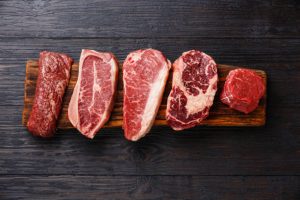
Beef, pork, and lamb are excellent sources of heme iron, which is more easily absorbed by the body than non-heme iron.
2. Poultry
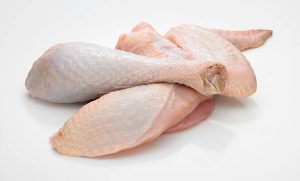
Chicken and turkey are good sources of heme iron, as well as other nutrients like protein and B vitamins.
3. Seafood
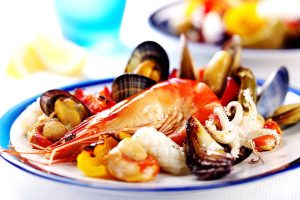
Shellfish, such as clams, oysters, and mussels, are rich in heme iron, while fish, like salmon and tuna, provide non-heme iron as well as omega-3 fatty acids.
4. Legumes
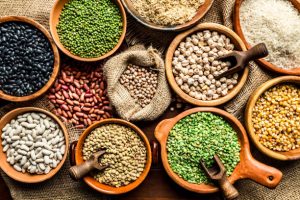
Beans, lentils, and chickpeas are great sources of non-heme iron, as well as fiber and protein.
5. Nuts and seeds
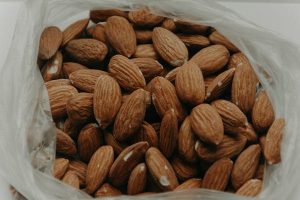
Almonds, cashews, pumpkin seeds, and sesame seeds are good sources of non-heme iron, as well as healthy fats and other nutrients.
6. Fortified foods
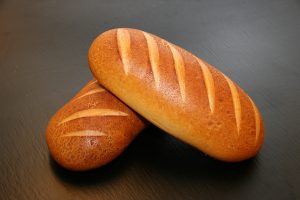
Some cereals, breads, and other products are fortified with iron, which can help increase your daily intake.
7. Dark leafy greens
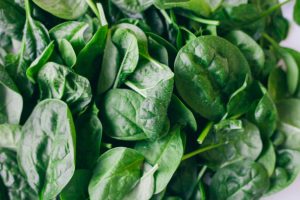
Spinach, kale, and other dark leafy greens are high in non-heme iron, as well as other vitamins and minerals.


